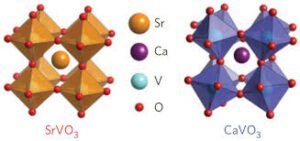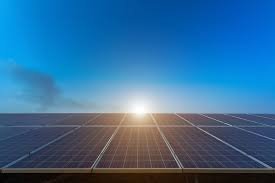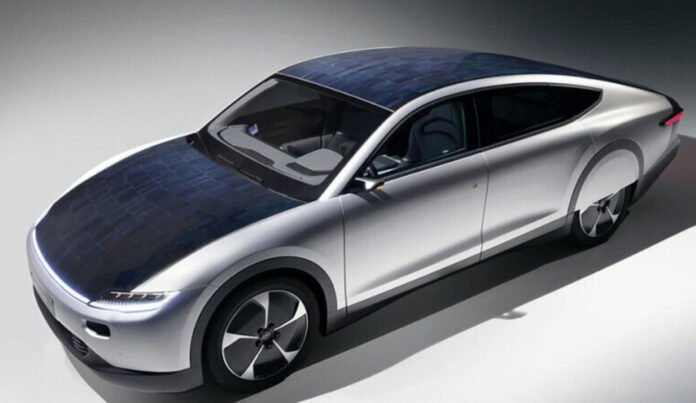Japanese scientists discovered a way to make solar panels from perovskite metals in 2009. Now Japanese experts have made solar panels from these metals that have a “40 percent” efficiency in generating electricity from the sun.

The efficiency of traditional solar panels made of crystalline silicon is between 15 and 30 percent in terms of cost.
The Japanese company Sekisui will soon commercially produce perovskite solar panels. The Japanese government wants to install these panels on the walls, roofs, fields, and vehicles of government buildings in the next five years to generate “20,000 megawatts” of electricity.
However, China will soon become the world leader in making perovskite solar panels because their material, tin, and lead, are available in greater quantities. These solar panels are made at a lower cost than silicon panels, have a simpler manufacturing method, and generate more electricity even in rainy conditions, in addition to low sunlight.

Then, due to their flexibility, it is possible to install them on a wall, the roof of a car, or anywhere else. These panels will revolutionize solar energy. Chinese companies have also started making solar panels with “39 percent” efficiency by combining silicon and perovskite materials.



